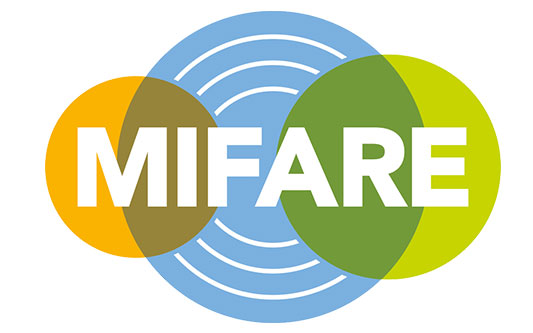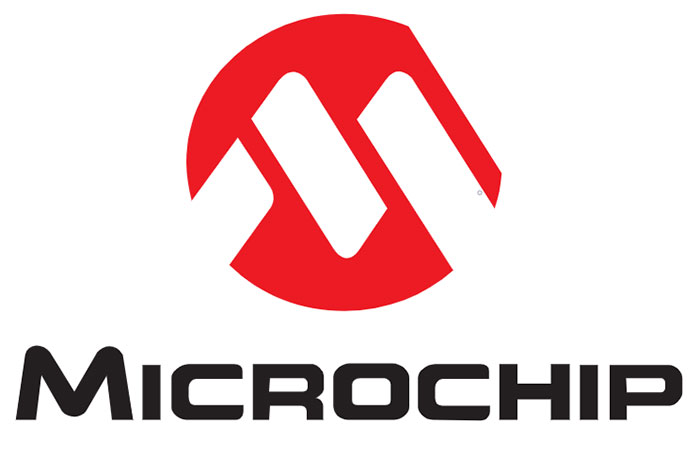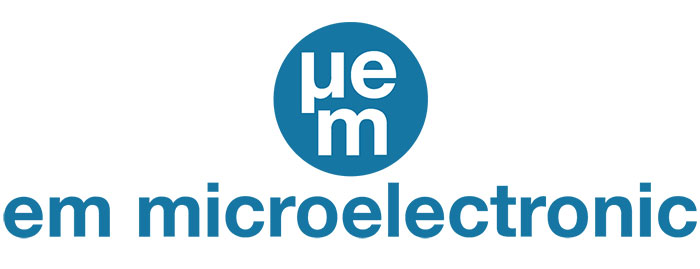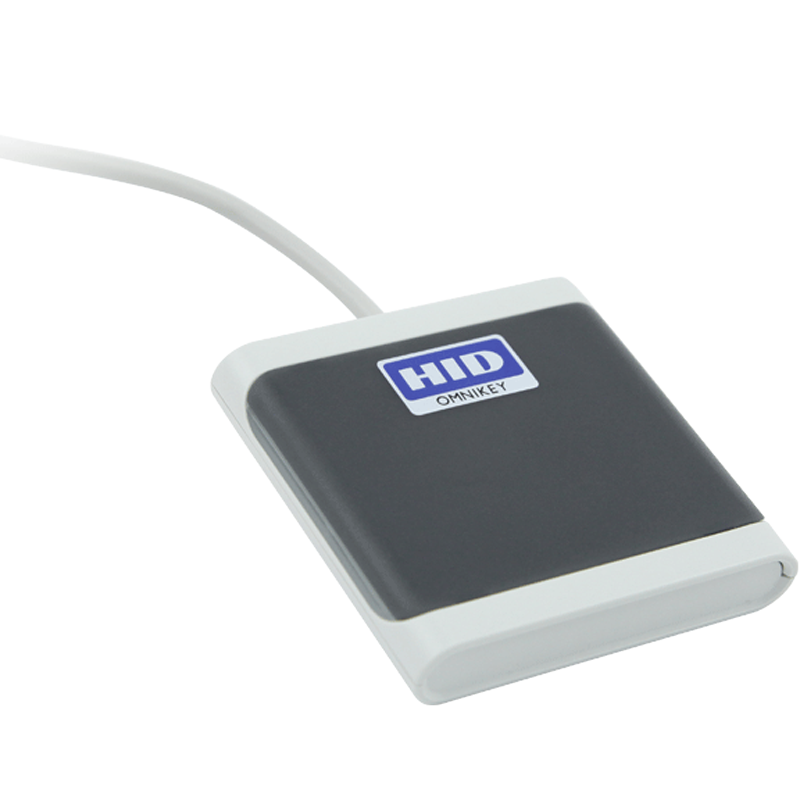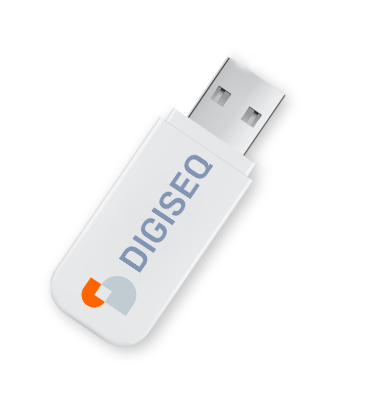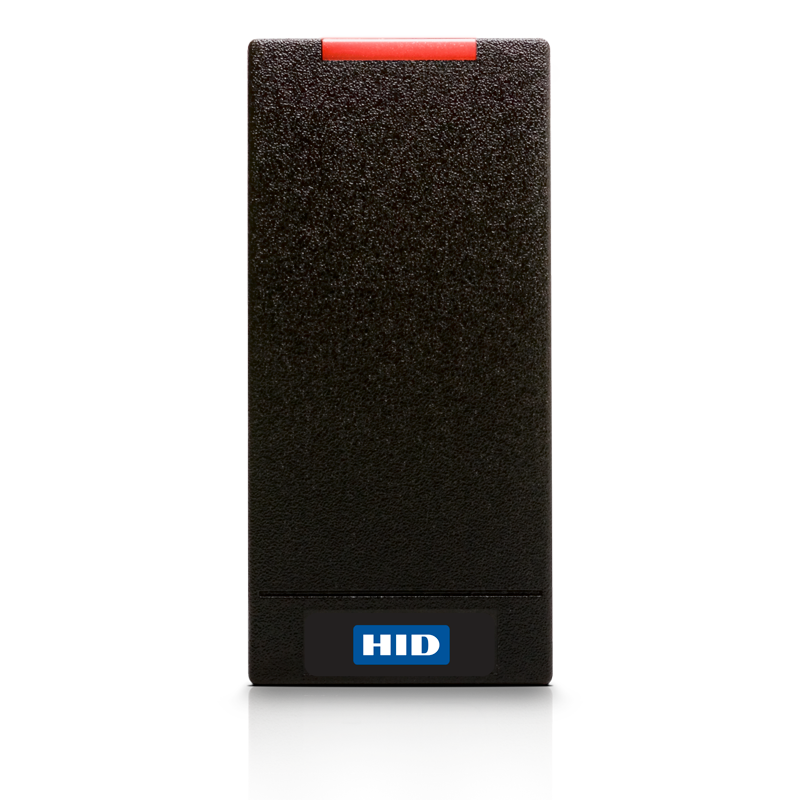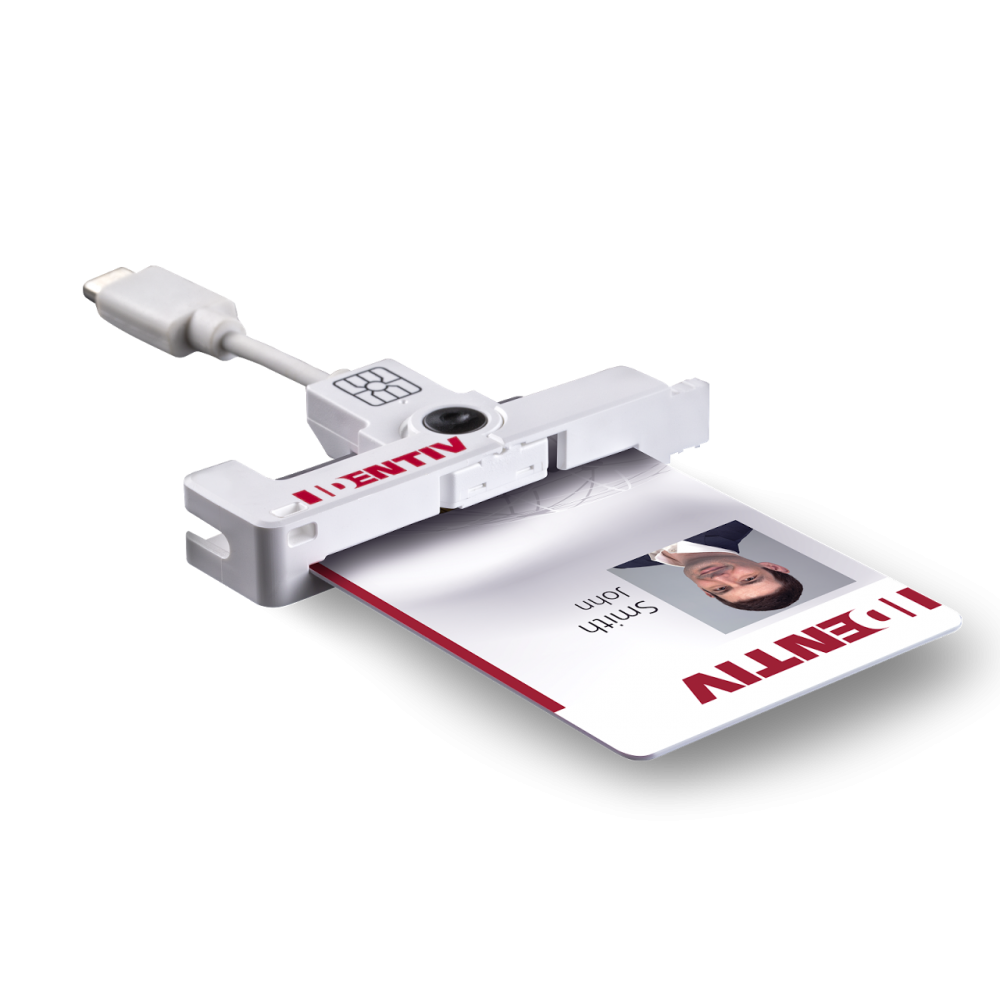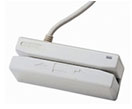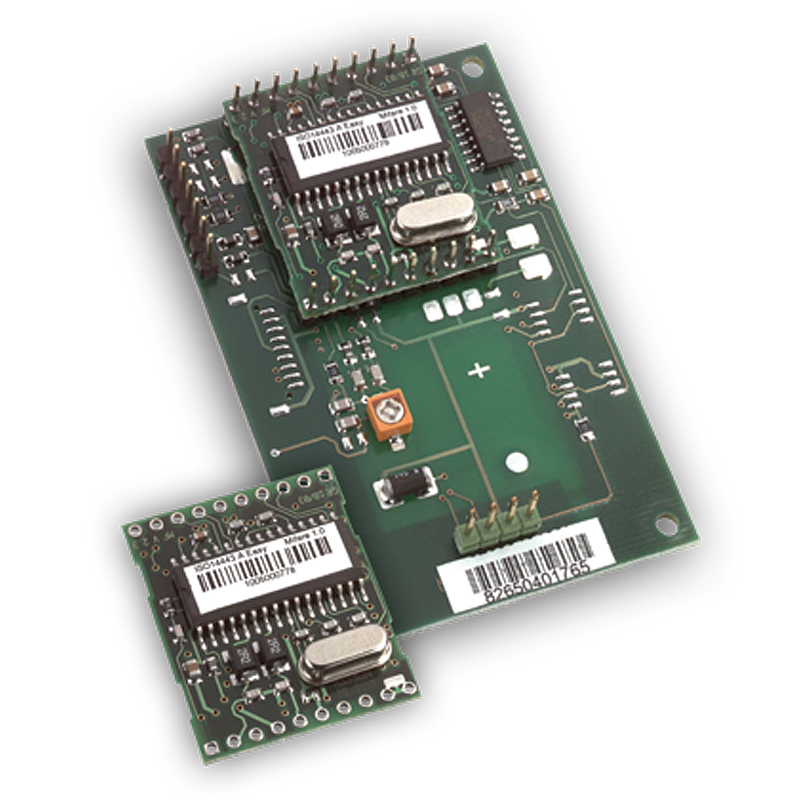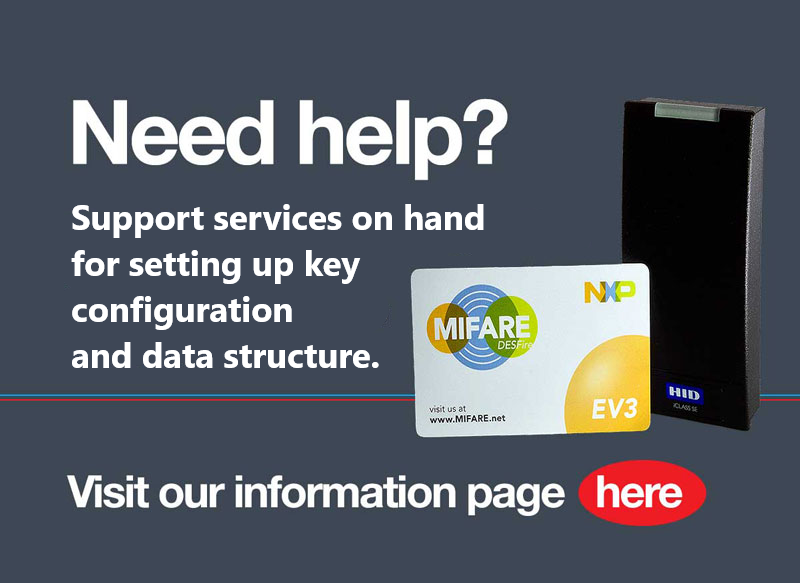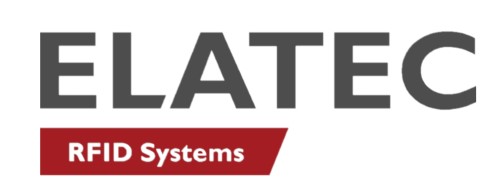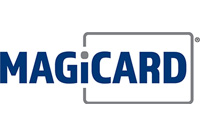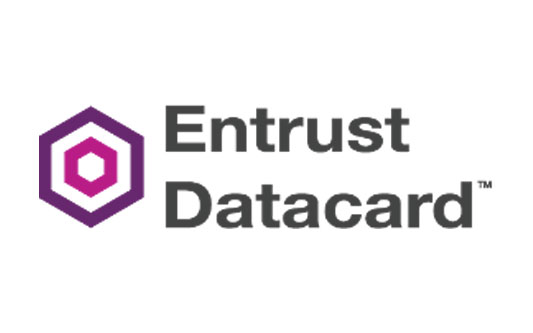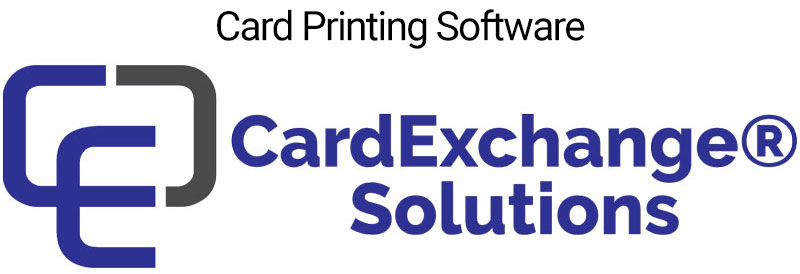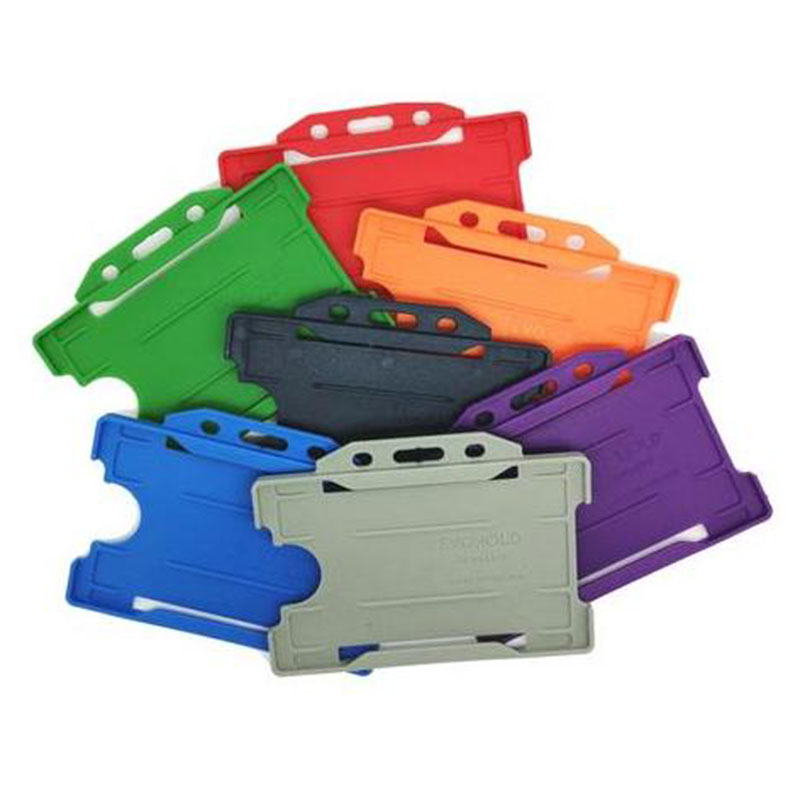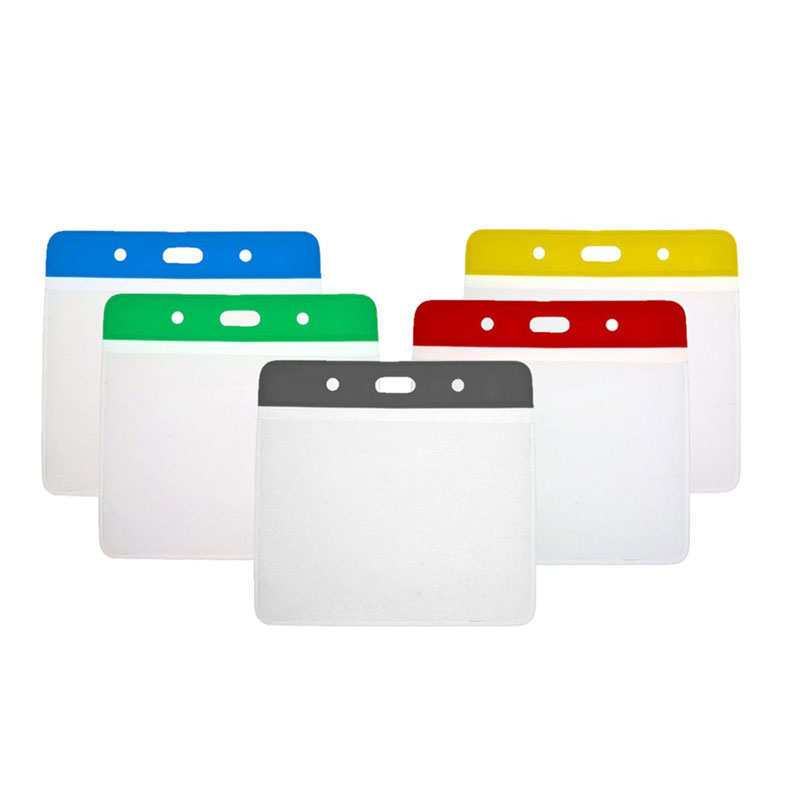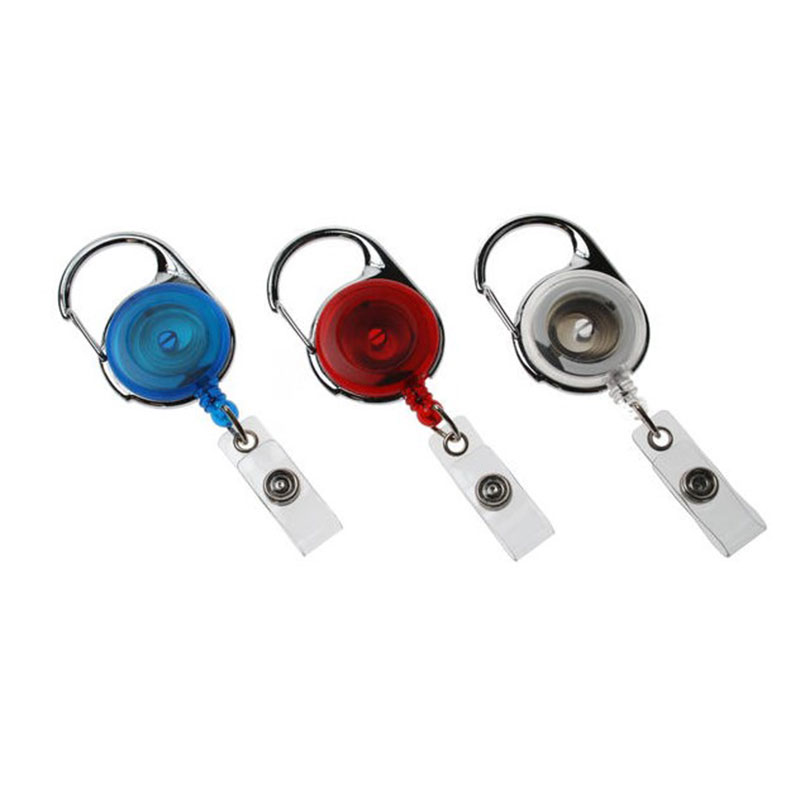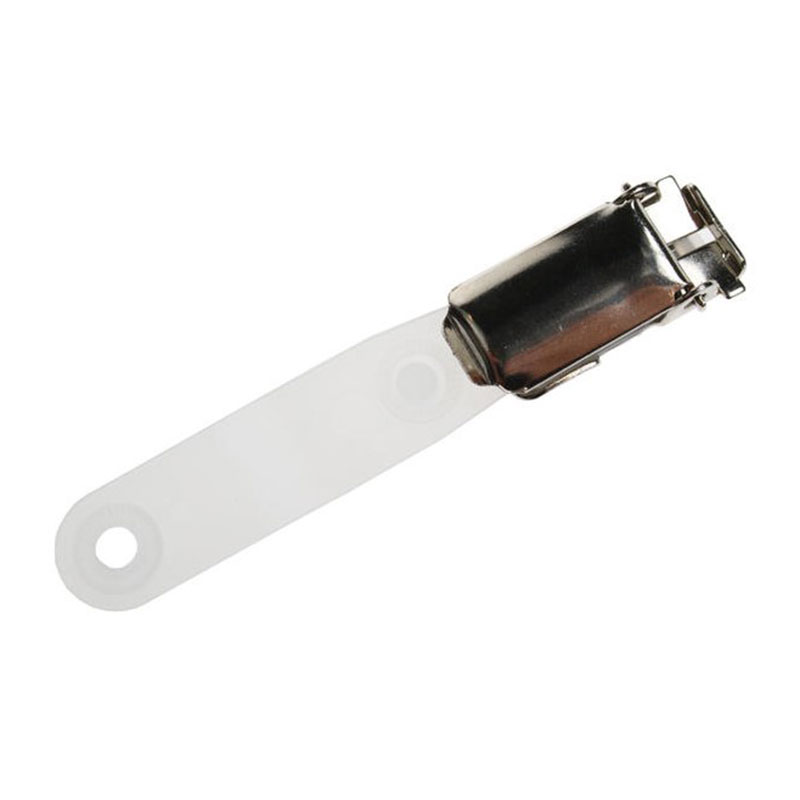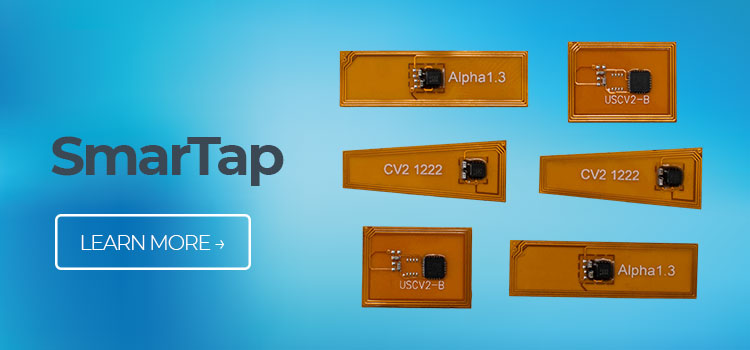
A smart card is a physical card that can be used to store and process information and to control access, either to a physical location or to data. Smart cards are essentially plastic cards that have been embedded with a circuit and a memory chip or microprocessor. Some cards will have a visible contact chip, others contain a hidden chip and antennae (for contactless use) and some will contain both types of technology.Smart cards are used in conjunction with smart card readers and are designed to interact with the card reader on a number of possible levels - either to transfer data or carry out a specific task or function.Smart cards have a wide range of uses and applications. They can be used for payment, such as the credit and debit cards we’re all familiar with, and also to control access either to a physical location or to a resource or both. Smart cards can also be used for identification purposes. Smart cards are used by organisations across many industries including travel and logistics, education, leisure, and healthcare to name just a few.In this Universal Smart Cards blog, we’ll explain how smart cards work and explore what are the different types of smart cards.
How Do Smart Cards Work?
Depending on the type of smart card, it must either be inserted into a smart card reader or held in close proximity to it. The smart card reader is then able to read the information held on the smart card.After the smart card reader has accessed the information stored on the smart card, it will pass the relevant information to the authentication system, which will check whether the data matches that held in the database for that user.The final step in the process is when the authentication system carries out the requested task. This could be authorising a payment, logging into an IT system, or unlocking a door, for example.
What Are The Different Types of Smart Cards?
There are several different types of smart cards designed for a variety of applications.
Contact Smart Cards
Contact smart cards are embedded with a visible chip that must come into physical contact with the smart card reader in order to access the data stored on it. To use this type of smart card, it must be inserted into the corresponding smart card reader before the data on it can be read or transferred.
Contactless Smart Cards
Contactless smart cards are able to establish a connection with a smart card reader without any physical contact. This type of smart contains an embedded antenna, which it uses to communicate with the smart card reader via radio frequency and is also known as an RFID (Radio Frequency Identification) card.No physical connection between card and reader is required with these types of smart cards. Contactless smart cards, therefore, don’t need to be inserted into a reader but can instead be held in close proximity, and providing they are in the electromagnetic field of the corresponding smart card reader, the card and reader can communicate.
Dual-Interface Cards
These types of smart cards are equipped with both contact and contactless technology, enabling the cards to be used by both types of smart card readers.
Memory-Based Smart Cards
Memory-based smart cards are cards that are embedded with memory circuits. This type of smart card is designed to store, read and write data to a particular location. They can therefore be used to store information but as they have no microprocessor, they are unable to process or manipulate the information, meaning they have limited functionality but are a simple and inexpensive smart card option with a wide range of uses. Loyalty cards are an example of a memory-based smart card.
Microprocessor-Based Smart Cards
Microprocessor-based smart cards have their own integral microprocessor embedded into the card in addition to the memory function. These types of smart cards can process and manipulate the data held on them making them versatile and multi-functioning. A credit card is an example of a microprocessor smart card.
Hybrid Smart Card
A hybrid smart card is embedded with both memory function and an onboard microprocessor. The two different chips on the hybrid smart card can then be used for separate applications, allowing one single smart card to function to be dual purpose. An example of this would be a smart card that is used by an employee to access a restricted area within an organisation and is also used for authentication when logging in to a computer.
Want To Find Out More About The Different Types Of Smart Cards? Get In Touch
We hope this blog has helped to explain what are the different types of smart cards. If you still have questions, or you’re not sure which smart card is the right choice for your organisation, get in touch with Universal Smart Cards and one of our experts will guide you through the available options.

